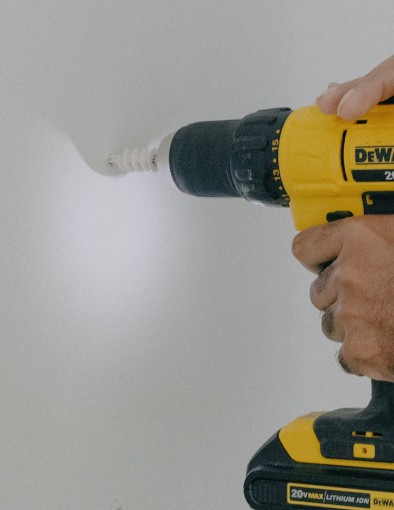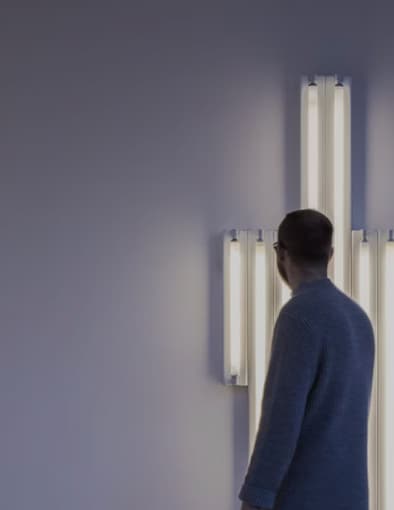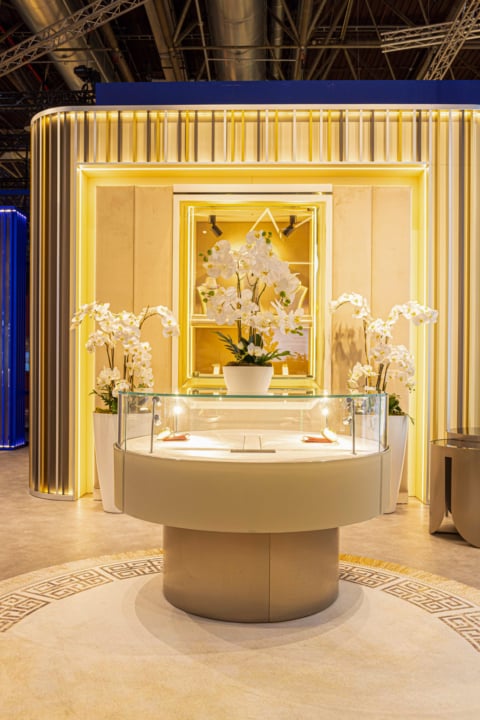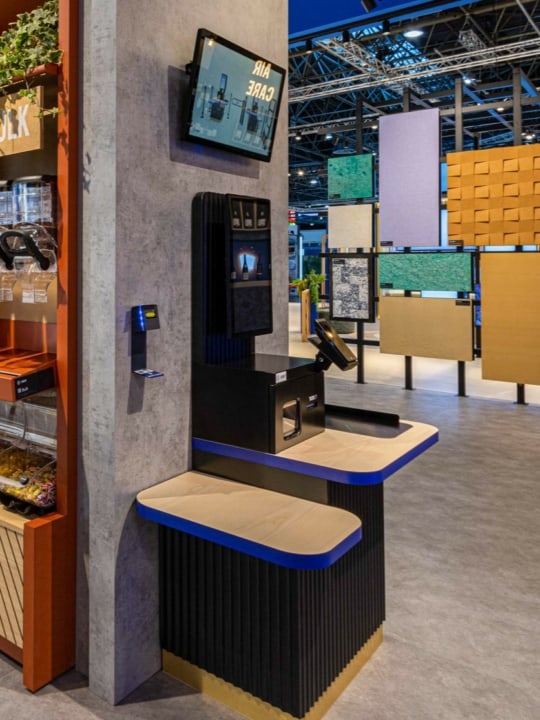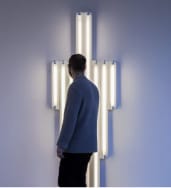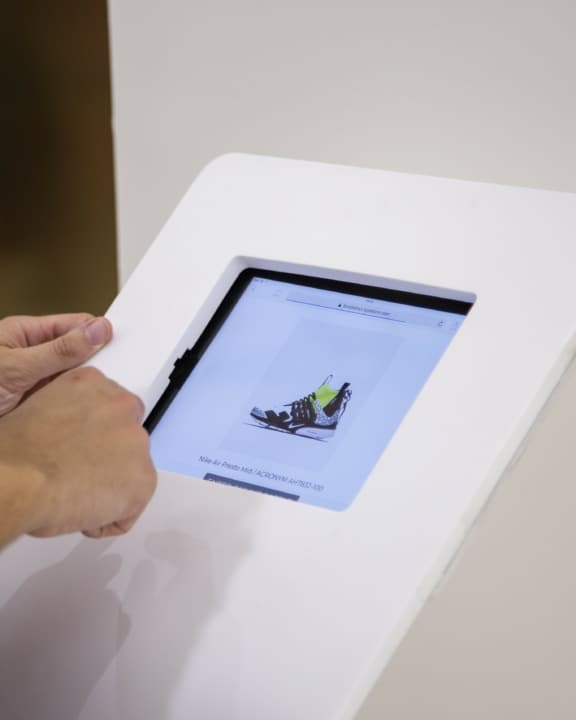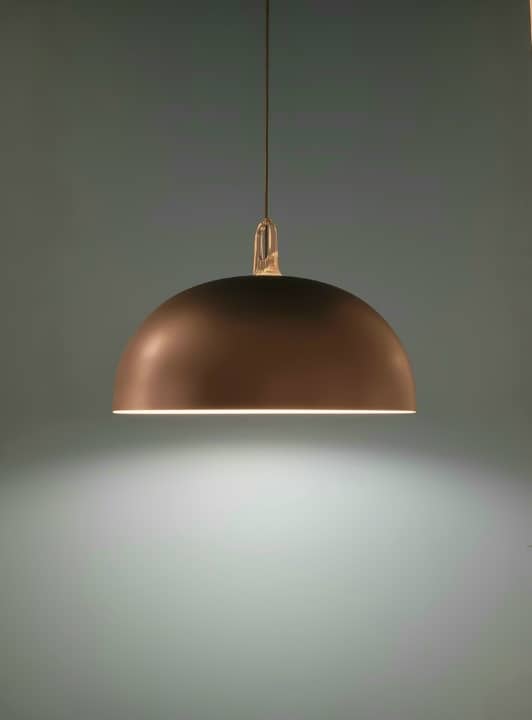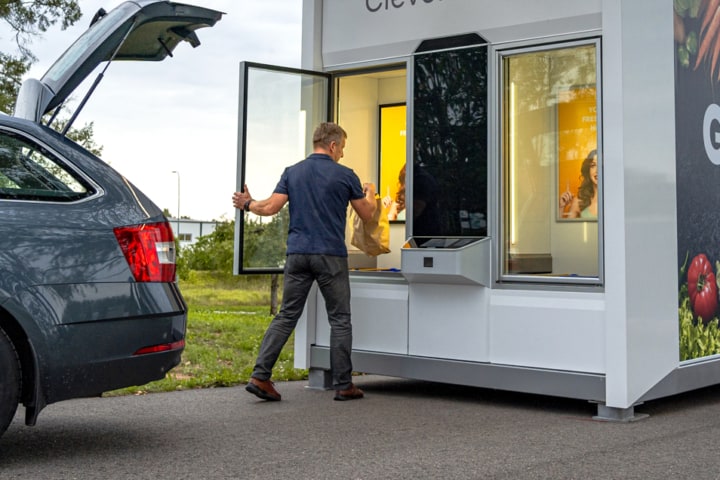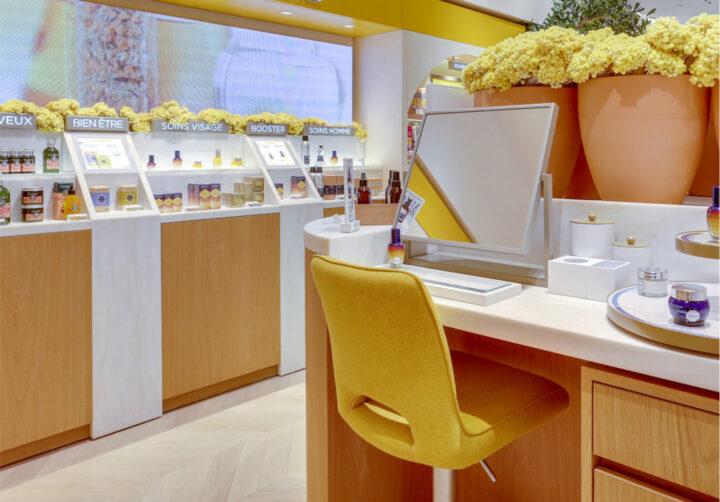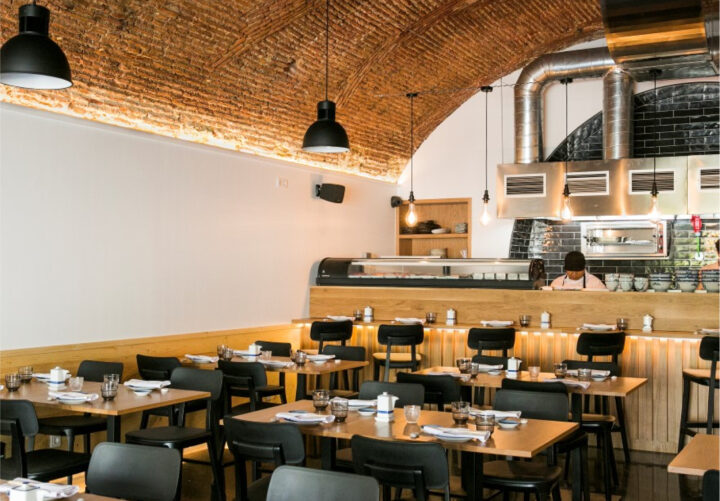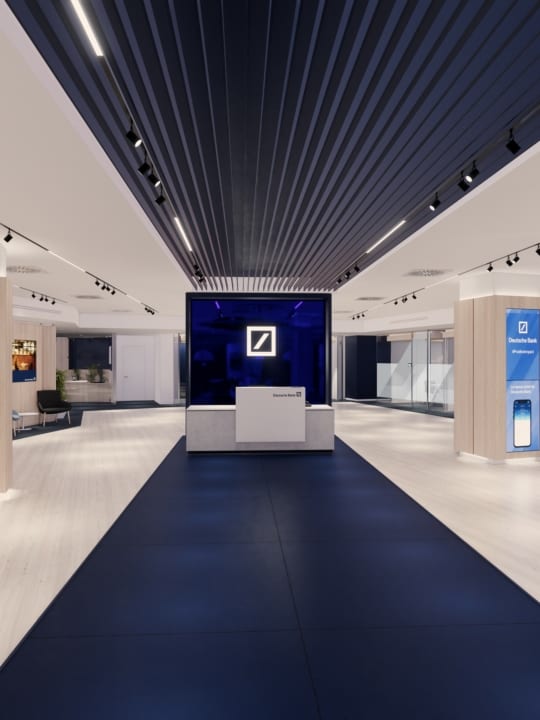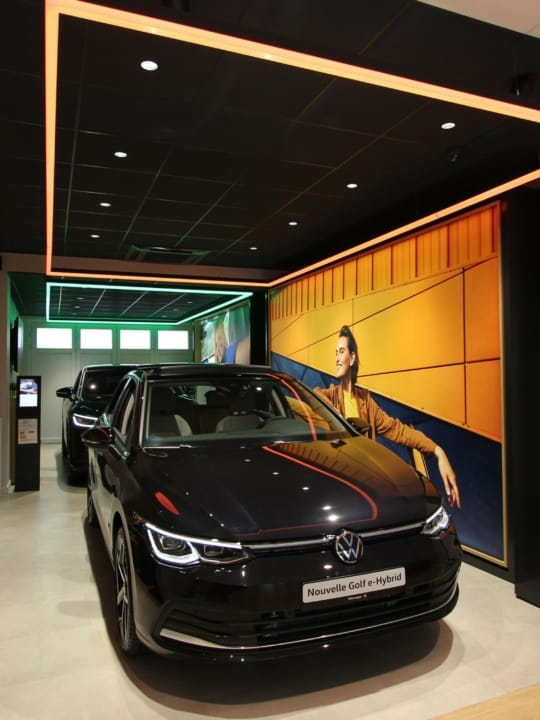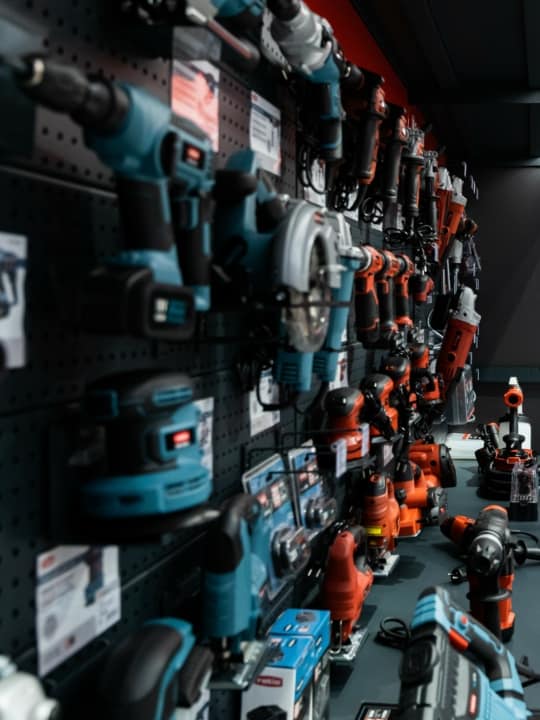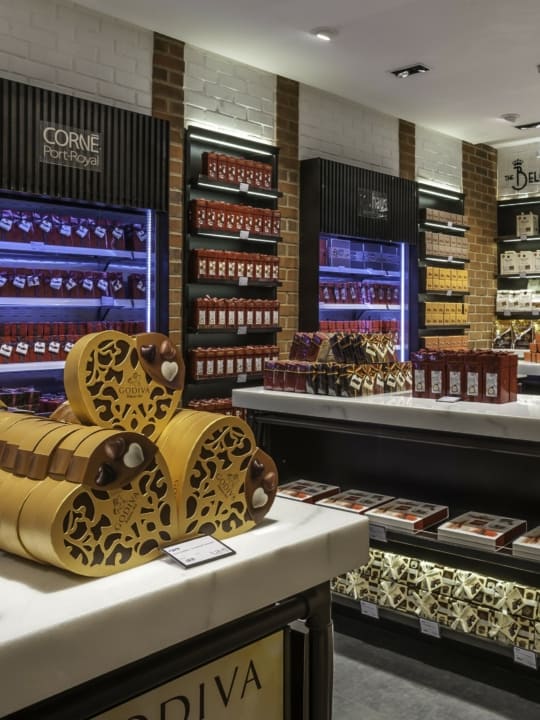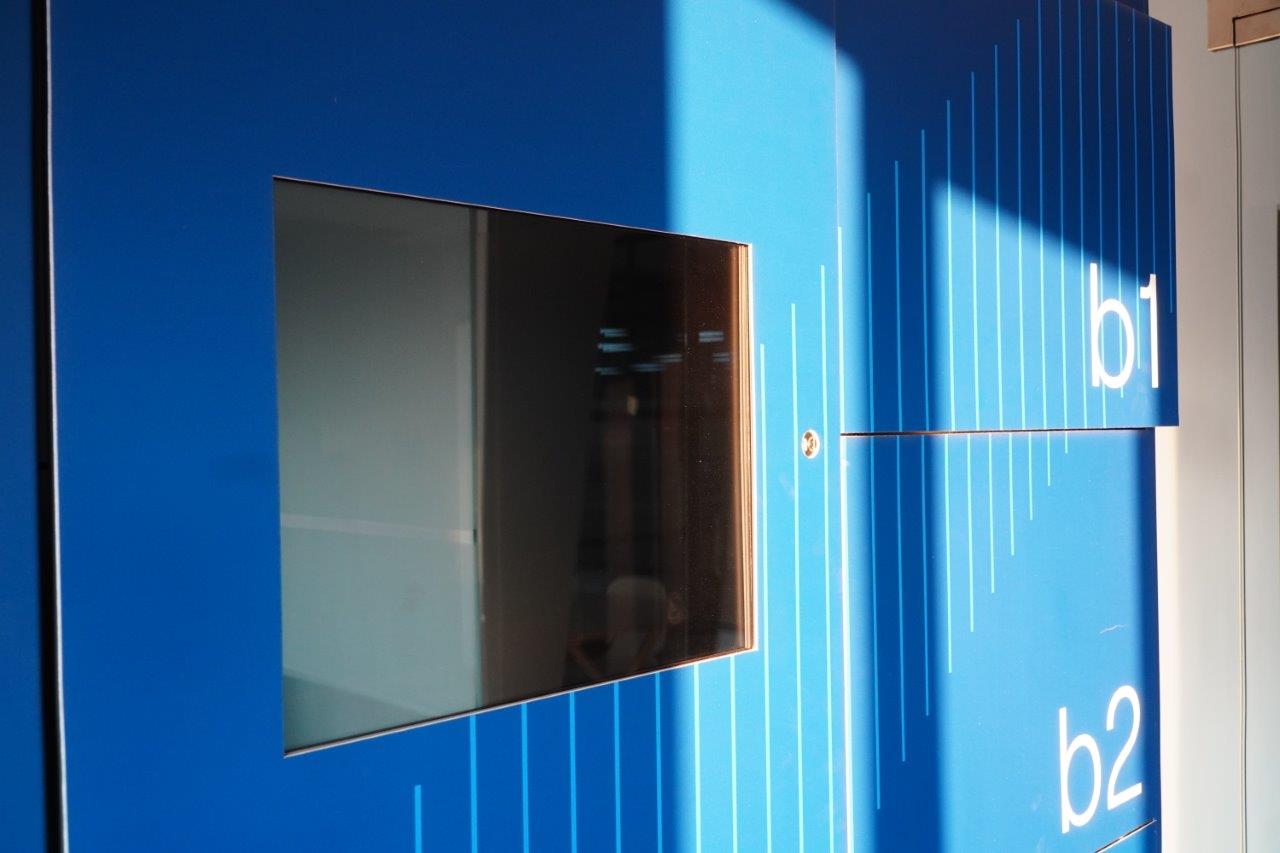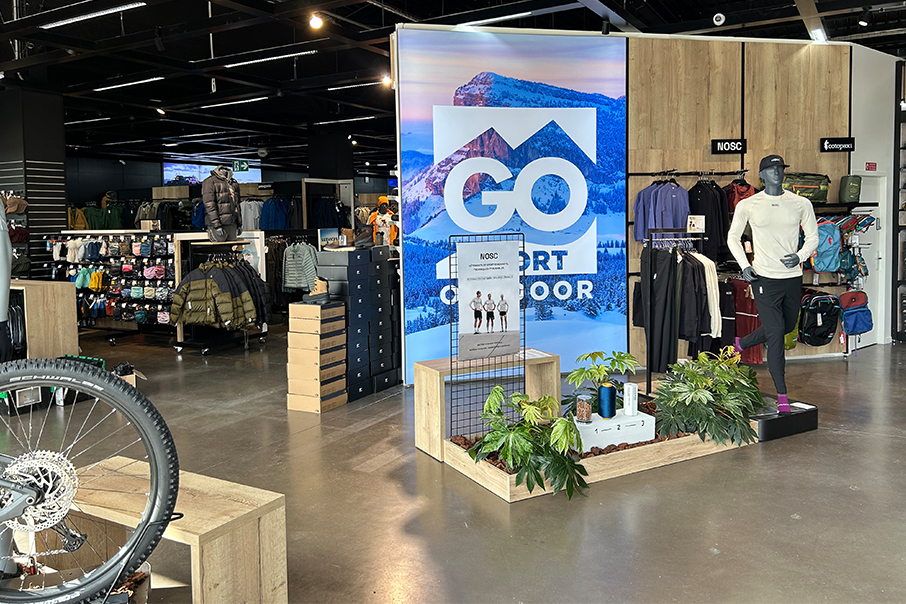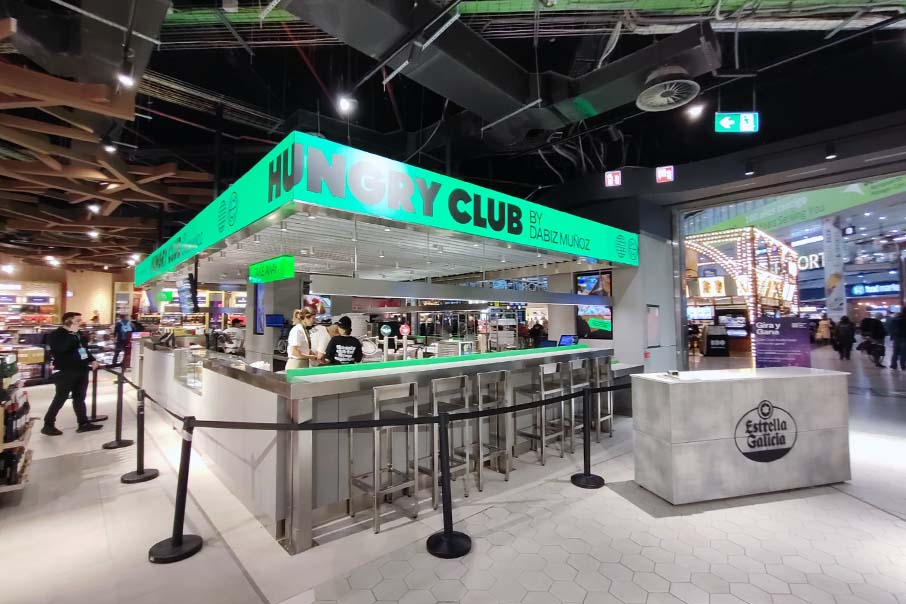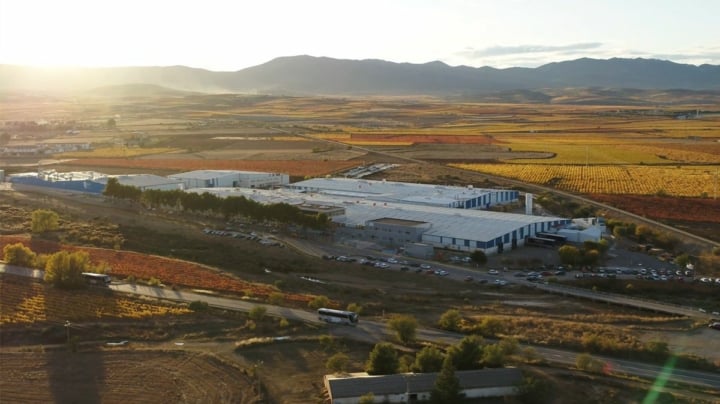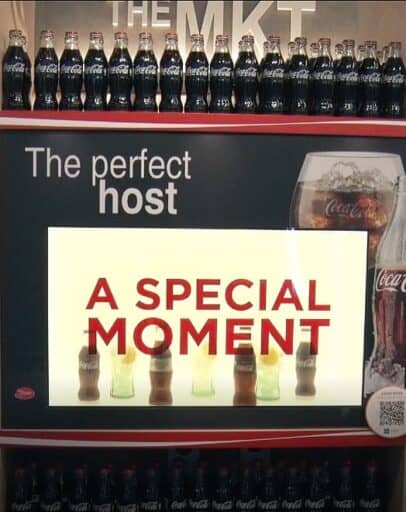- How we should understand signage and how printing, backlighting and digital signage are related to each other.
- When should we choose one format over another, and what we can achieve with each one.
In the beginning, there was a sign…
This is not the beginning of a drawn-out story. Rather, we want to focus on the most important thing about this article: the purpose of audiovisual communication.
The answer is that visual communication is what guides customers through a space such as a store. And unlike what multiple examples might lead us to believe, it is not just about advertising promotions and discounts. Visual communication is an important part of the relationship with customers in retail.
The need to establish relationships with customers in-store has guided the evolution of visual communication both in terms of materials and platforms. This has led us to the digital signage and commercial LED screens that we can see at sales points but, do “old” formats have a place in modern retail or do they need to be updated?
The iconographic sign
The relationship between businesses and customers did not start with text signs. Literacy was not the norm in the early days of commerce. So, how would a smithy advertise their presence, for example? By hanging a horseshoe at the entrance to the business, and a big one if possible so that it could be seen from afar.
This explains the evolution of visual communication and the path that it has followed ever since: creating images that will catch the eye of customers.
From materials to the use of illuminated signs
Intending to increase the level of spectacle, visual communication became more and more elaborate. The higher the quality of materials and technique (ornamentation, engraving, wood, metal, mechanical constructions, etc.), the greater the prestige of the business. Its purpose? To attract customers with the promise of novelty and quality.
These decisions have shaped the design of visual communication today. There are great specialists and entire departments dedicated to merchandising for retail, the different formats that are used to catch the attention of consumers, selecting materials according to the message that people want to communicate, etc.
“At HMY, the Consultancy and Design department works on these variables, in collaboration with Estudios Durero, helping and guiding clients design visual communication, select materials, and produce and install them”.
Ángel Manrique, Visual Communication Manager at HMY.
The limits of how spectacular a sign, advertisement, or image can be are limited by whether it is intended to be static, and how dependent it is on external light.
LED signage and lightboxes
Attempts to push the envelope started with adding light. This led to the birth of signs with LED lights or neon lights to increase visibility, as well as the widely known lightboxes.
These formats make images or signs more eye-catching, emitting more light to draw customer’s attention regardless of ambient light.
Two basic concepts which are important to know to understand how and when to use these formats:
- In shop windows, to balance the daylight or in cities where legislation limits the installation of street-facing screens.
- In interiors to indicate different sections (guiding consumers) and delimit specific areas or points.

Digital signage, why, when, and how?
Digital signage was born of the need for a level of spectacle that visual communication (lightboxes included) could not meet: moving images, changing environments, action.
But does dynamism mean it is always “better”?
Even though this article explains the key points for correct digital signage in retail strategy, it is important to understand when and how to integrate digital signage at sales points to make it a profitable investment.
This objective can be used to create a checklist:
- How often will the content change? Creating audiovisual content is more expensive than still images (even though there are ways to make it cheaper).
- Is VIDEO content updated regularly enough so that it is not out of date?
- Is there a content management system for commercial screens, or can it be updated with a USB storage device managed by employees?
- Where do we want to install it? Will it detract from other sections or products in its surrounding or would it go unnoticed because there are too many other competing visual elements nearby?
- And most important of all: what value does it add for the consumer? Because as we already explained, digital signage at the sales point is not about constant bombardment of offers, but about establishing a relationship with the consumer.
Are you working on the digitalisation of your sales spaces? We can help you! Contact link




